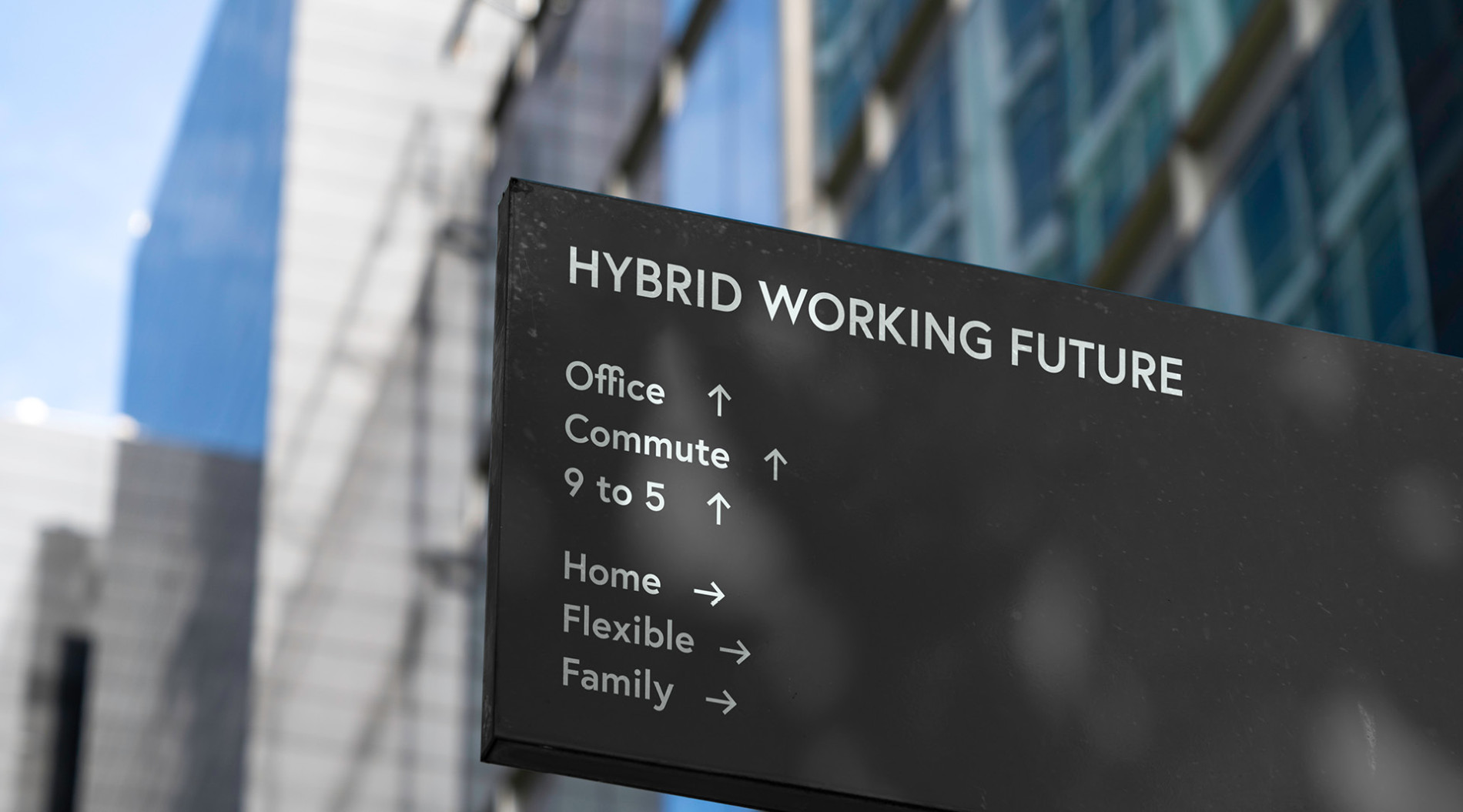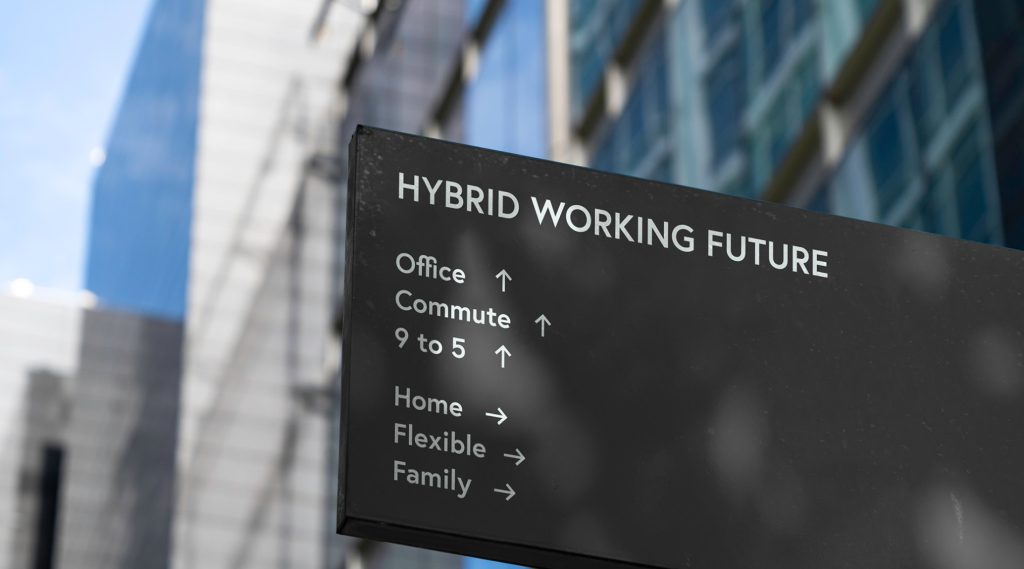Transforming Public Sector Hiring: The Benefits of Recruitment Technology
Private sector organisations in Australia are increasingly embracing the use of technology in recruitment to attract, screen, interview, assess, communicate with and onboard job candidates. In doing so they have tapped into a wider pool of top talent and streamlined the entire recruitment process while also enhancing the candidate experience. These same digital transformation benefits are also available to the public sector.
Technology-driven recruitment strategies
Just as in the private sector, public sector recruitment has come to terms with hiring in the digital age, advertising on platforms like Seek and Indeed, accessing candidates via LinkedIn and social media, and posting vacancies on its own government job portals and careers pages.
The huge volume of applications this can generate means that Applicant Tracking System (ATS) software is often used to conduct the hiring process. An ATS can attract candidates and track them from start to finish, including:
- Creating and posting job advertisements
- Organising information received in applications into a searchable database
- Analysis of data using keywords and AI-type algorithms
- Providing shortlist recommendations
- Scheduling interviews
- Sending automated notifications to both candidates and hiring managers
- Assisting with onboarding successful applicants
- Retaining an accessible talent pool of potential future applicants
By using ATS software, hiring managers can reduce the time spent and costs involved in hiring, while also improving the resulting quality of the hire.
Artificial Intelligence (AI) in recruitment
All levels of Australian government are expanding their use of AI tools to automate mundane tasks, engage with clients via chatbots, improve resource allocation and assist research. There’s also a very strong case for expanding the use of AI in public sector recruitment.
AI-powered chatbots can be used for candidate engagement at all stages of the recruitment process, starting with applicant attraction and answering initial enquiries, moving on to resume screening and interviewing using natural language processing (NLP), passing through predictive analytics to identify high-potential candidates, and culminating in automated onboarding.
Video interviewing and assessment tools
Overseas, interstate or remote work candidates are obvious targets for video interviews. But overcoming the limitations of distance is not their only advantage.
Benefits of video interviewing and assessment
Video interviews save time and money for the recruiter and candidate, since no one has to travel and more candidates can be seen in a shorter time. Interviews can also be conducted outside normal business hours, and incorporate pre-recorded introductions and questions from the interviewer. Candidates’ recorded responses can then be observed and assessed, either by human recruiters or by using NLP to appraise verbal and visual clues to personality, character and values. Having this kind of structured interview, which is the same for every applicant, also ensures consistency and fairness.
Challenges of video interviewing and assessment
Interviewing by video can only be impartial if all candidates for the same role are interviewed in this way. But some applicants may find video interviews intimidating and unappealing, especially if the human element is removed altogether and replaced by a series of on-screen questions, or a game-based assessment.
Candidate Relationship Management (CRM) and talent pools
CRM software is often used in tandem with an ATS to develop and maintain passive talent pools.
How CRM works
A single public sector vacancy could potentially attract hundreds of applications, and dozens of talented candidates won’t make the final cut. But they could be suitable for other job openings, and CRM software helps to improve communications between hirers and applicants, automating personalised messages, improving the candidate experience and keeping them engaged as a potential future talent pool.
Benefits of talent pools
However wide you may cast your recruitment net, your job postings will never reach every suitable candidate. Even if they do see the advertisement, there may be various reasons why they do not apply. Ideal but passive candidates can thus be overlooked, but if they are already a well-documented part of your CRM talent community they can be automatically selected for an approach when a suitable vacancy occurs, reducing the time required to fill positions and improving the likelihood of a quality hire.
Challenges and considerations around using technology in public sector recruitment
There may be obstacles to be faced before the potential of public sector technology in recruitment can be fully realised, but these challenges can be overcome by adopting best practices.
Data privacy
Recent major data breaches – notably those experienced by Medibank and Optus – have increased the public focus on data privacy and security. Candidates will want to know that their personal information is in safe hands.
Potential for inbuilt bias
The algorithms used in predictive technologies – for screening, parsing and scoring resumes and assessing and recommending candidates from a pool of applicants – must be designed with care. While the hope is that they will bring consistency to the recruitment process and eliminate human bias, they may themselves have an inbuilt bias. They may, for example, favour recruitment outcomes which appeared to be successful in the past but which reinforce gender or racial stereotypes.
Legal and ethical implications
Technology used to assess candidates may uncover private information about them – such as sexual orientation or political views – without their consent, as demonstrated by research published by the US National Academy of Sciences. This could expose recruiters to censure for unethical behaviour, and even legal costs if the rights of a group protected by law are infringed.
Change resistance
AI, and technology-driven recruitment in general, may have an image problem engendered by a lack of trust among some sectors of the community, especially older generations who are not digital natives.
Mitigation strategies
Fair and transparent processes
‘Blind’ hiring, where any data unrelated to a candidate’s skill and abilities – such as name, gender, age and location – is removed from resumes before they are assessed, can help to make the process fairer. Transparency can be achieved by informing candidates upfront about any technology that will be used to assess their application.
Data protection compliance
The government has a predominant role in framing the legislation that protects personal data – But it can also demonstrate that it is not only complying with its own rules (the Privacy Act 1988) but also going above and beyond the letter of the law in its governance around data protection, for example by using a recruitment agency which provides candidates with a clear privacy information statement detailing how and why personal information is collected, used, shared and retained.
Training and support
Managers with hiring responsibilities need to be trained to conduct fair, consistent, non-discriminatory and unbiased hiring practices, covering appropriate job descriptions, inclusive job advertisements and permissible interview questions.
Technology-driven recruitment is ideal for large organisations
The public sector constantly needs to hire a huge number of employees, and using technology in recruitment can be a game-changer, widening the pool of available talent, delivering efficiencies during the selection process, and improving both the candidate experience and the quality of the hire. But any digital transformation needs to be applied by experts in their field, fully armed with an awareness of both its potential and its challenges.
At Adecco, our specialists are ready to talk to you and support you with your public sector recruitment needs.












